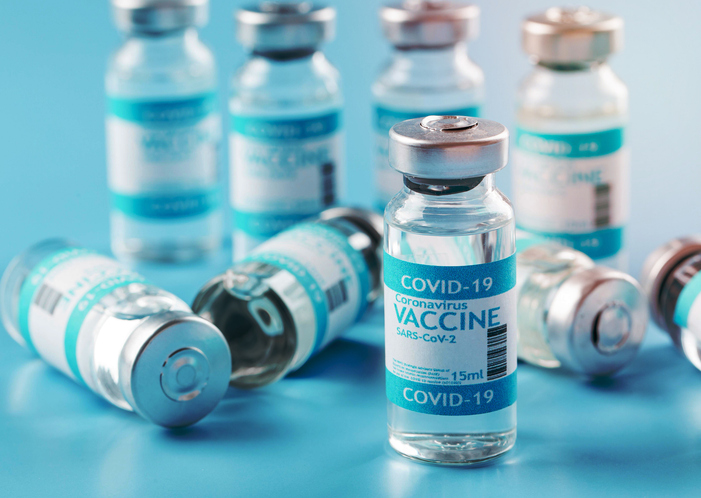As of August 27, 2025, the U.S. Food and Drug Administration (FDA) implemented new restrictions on COVID-19 vaccines for children and many adults. The updated guidelines provide full vaccine access primarily for seniors over 65 and individuals with high-risk conditions, including chronic illnesses such as asthma, obesity, or heart disease. Meanwhile, pediatric vaccine access has become more limited, sparking concern among public health officials, pediatricians, and parents.
One key change is the expiration of emergency use authorization (EUA) for children under 5 years old who were previously eligible for the Pfizer COVID-19 vaccine. This means very young children no longer have routine access to COVID vaccines, even though they remain susceptible to infection during the peak respiratory virus season. Moderna’s vaccine remains available for children starting at 6 months, but coverage and availability can vary widely by state and provider.
The American Academy of Pediatrics (AAP) quickly issued a statement opposing these restrictions, labeling them as “deeply troubling.” The organization emphasized that limiting access during a period of increased respiratory illness may put children at unnecessary risk. Pediatricians are particularly concerned that younger children, who have lower natural immunity from previous exposure, could experience more severe outcomes during the fall and winter respiratory virus seasons.
Healthcare providers now face the challenge of educating families about which children qualify for vaccination and how to navigate state-specific rules and insurance coverage. Many parents are uncertain whether their children meet the criteria for high-risk vaccination, or where they can obtain the vaccine safely and efficiently. Pediatricians are encouraged to discuss individual risk factors with families, including chronic conditions and environmental exposure, to determine whether vaccination is advisable.
Public health experts warn that reduced vaccination coverage may lead to a resurgence of COVID-19 cases among children and adolescents. Although severe disease is less common in this age group compared with older adults, pediatric hospitalizations and complications—including multisystem inflammatory syndrome in children (MIS-C)—remain a concern. Schools and childcare centers are also impacted, as outbreaks can lead to disruptions in attendance and increased stress for families.
The FDA’s decision reflects a shift in the overall U.S. COVID-19 strategy, which increasingly prioritizes high-risk populations while encouraging the general public to rely on natural immunity and seasonal precautions. However, critics argue that the policy does not adequately protect children, particularly those in underserved communities or those with limited access to healthcare. Vaccination remains one of the most effective tools for preventing serious illness, and public health organizations stress the importance of maintaining outreach and education to ensure families understand the evolving guidelines.
In conclusion, August 2025 marks a critical turning point in pediatric COVID-19 vaccination. While high-risk populations retain access, younger children face more restricted options at a time when respiratory viruses are on the rise. Parents are urged to consult healthcare providers for guidance, monitor public health updates, and take preventive measures such as masking and hand hygiene to protect vulnerable children. The debate over vaccine access underscores the continuing need for careful balance between regulatory policy, public health priorities, and the well-being of the nation’s youngest citizens.




